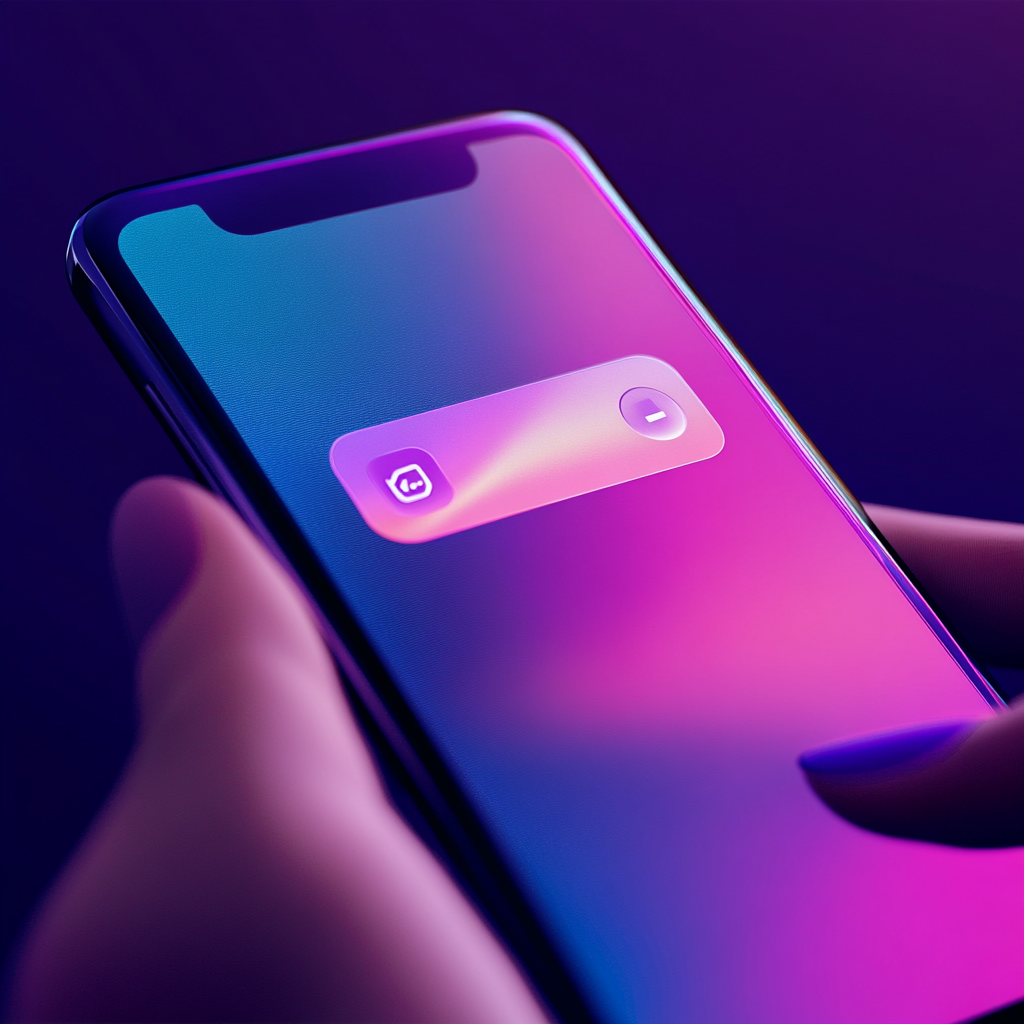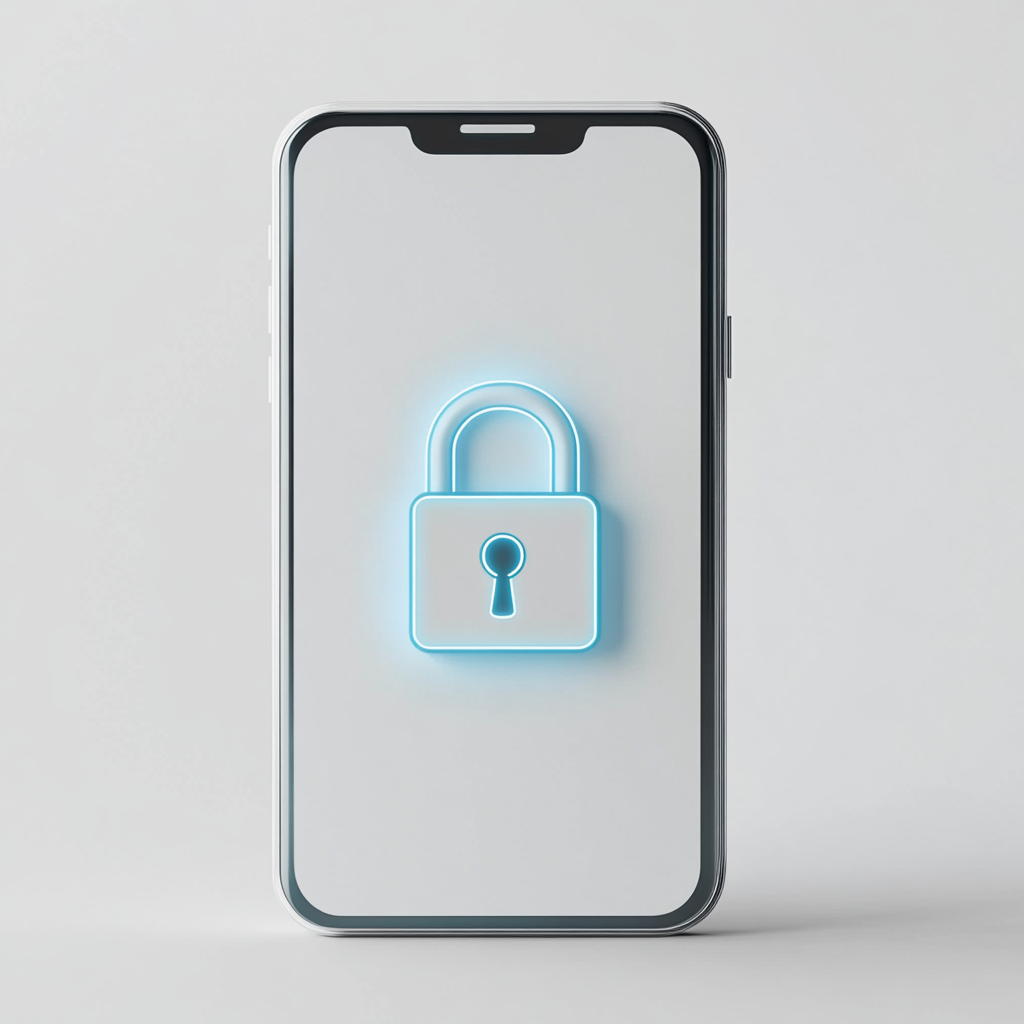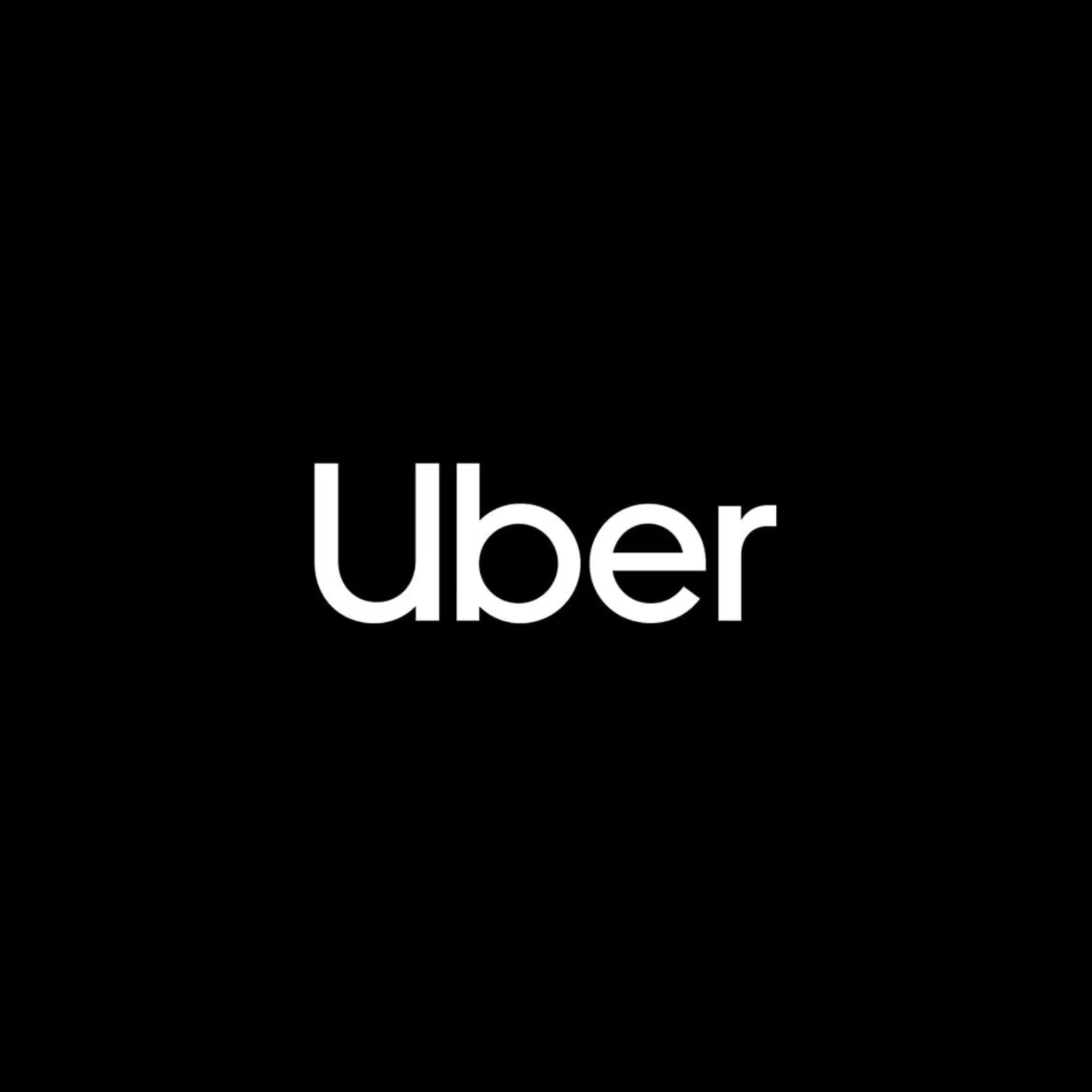
Push notifications remain the most direct communication channel between your mobile app and users. When executed properly, these messages can transform casual browsers into engaged customers and prevent valuable users from churning.
Research shows that 60% of users engage more frequently with apps that send push notifications. Apps utilizing strategic push messaging see engagement increase up to 88% and retention rates 5x higher compared to those without notification strategies.
However, simply sending messages doesn't guarantee success. The average smartphone user receives 46 push notifications daily, making it essential to stand out with thoughtful, strategic messaging that adds genuine value.
Strategy #1: Advanced User Segmentation
Generic messaging fails in today's personalized digital landscape. Users exprect relevant content tailored to their specific behaviours and preferences, not broad demographic targeting.
Effective segmentation goes beyond basic demographics like age and location. Toronto app development teams find success using behavioural data to create meaningful user groups:
Behavioural segments: Group users by actions taken within your app. Someone browsing products daily without purchasing needs different messaging than frequent buyers.
Usage Pattern Segments: Separate power users from casual users, newcomers from veterans. Power users appreciate advanced feature announcements while casual users need simple value reminders.
Purchase History Segments: Create VIP groups for top spenders and separate groups for sale-only buyers. Include purchase frequency and average order value indicators.
The most effective approach combines multiple factors. Target power users who haven't purchased in 30 days with loyalty offers acknowledging their app usage. This personalized approach drives higher conversions than generic promotions sent to all users.
Strategy #2: Optimal Timing Optimization
Perfect messaging sent at wrong times wastes opportunities and risks annoying users. Timing varies dramatically by app category and user base.
Meditation apps perform best with early morning or evening notifications. Food delivery apps succeed around meal times. Gaming apps see peak engagement during commute hours and evenings.
No universal "best time" exists. Analyze when users actively engage with your app to establish baseline timing. Test different delivery windows and measure engagement rates to optimize your approach.
Time-sensitive notifications like flash sales, breaking news, or appointment reminders benefit from automation rules. Monitor warning signs like low open rates within the first hour, indicating missed timing windows.
Strategy #3: Compelling Copy Creation
Character limits force concise, direct communication. iOS allows 178 characters before text cuts off, while Android permits 240 characters.
Rather than maximizing character counts, focus on instantly communicating value. Users should understand benefits within seconds and feel motivated to take specific actions.
Use genuine urgency and FOMO tactics. Active voice keeps character counts low while feeling more personal and direct. "Your order shipped" outperforms "Your order has been shipped."
A/B test different approaches, as subtle differences create surprising results. When uncertain, choose short, direct, actionable messaging.
Strategy #4: True Personalization
Adding first names to notifications represents the bare minimum personalization effort. Modern users recognize mass messaging despite name insertion.
Genuine personalization requires understanding individual needs and behaviors. When notifications reflect specific user actions or interests, they feel like thoughtful connections rather than automated marketing.
Compare these approaches:
- Generic: "Check out our shoe selection"
- Personalized: "Complete your purchase of the red sneakers you've been eyeing"
Leverage app user data for effective personalisation:
- Behavioral data: References specific in-app actions
- Preference data: Targets explicitly stated user likes
- Contextual awareness: Factors current situation like location or app status
- User history: Considers relationship timeline with your business
Make messages feel like logical next interactions based on previous engagement. Combine multiple data points for advanced personalisation.
Strategy #5: Location-Based Triggers
Geofencing technology transforms generic alerts into perfectly-timed messages based on physical location. Target users entering your store, approaching competitors, or passing through specific neighborhoods.
Consider walking near a coffee shop and receiving a notification about your favorite discounted drink. This timing creates infinitely more value than receiving the same promotion while at home.
Location-based triggers work beyond brick-and-mortar businesses. Mobile commerce apps can set geofences around competitor retail stores, targeting users with deals when they're in buying mode.
Toronto app development companies often implement location triggers for local businesses, creating hyper-relevant messaging that feels genuinely helpful rather than intrusive.
Strategy #6: Action-Oriented Messaging
Information-only notifications waste valuable user touchpoints. Without clear next steps, these messages fail to drive meaningful engagement.
Compare these approaches:
Information-focused: "A new fitness class has been added to our schedule" Action-oriented: "New HIIT Class Added: Secure your spot for tomorrow's 6PM session"
Action-focused notifications include compelling CTAs and utilize deep linking. Direct users to appropriate screens instead of forcing navigation from home pages. If promoting gym class signup, link directly to the booking screen.
Strategy #7: Milestone Recognition
People naturally respond to progress indicators and achievement recognition. Well-crafted milestone notifications feel celebratory rather than promotional, creating positive user responses.
Fitness apps highlight step counts, workout streaks, and personal records. Mindfulness apps celebrate consecutive meditation days. Community apps can spotlight engagement metrics like comment views.
Combine recognition with incentives to continue. Acknowledge past behaviors while encouraging future actions, creating positive reinforcement loops that drive long-term retention.
Strategy #8: Cross-Channel Alignment
Push notifications exist within broader communication ecosystems including email marketing, SMS, social media, and paid advertising. All channels must work harmoniously to create cohesive brand experiences.
Ensure core push notifications align with current campaigns across every channel. However, avoid identical messaging across all mediums. Each communication format requires appropriate messaging based on delivery method strengths.
Push notifications excel at timely alerts and quick actions, while emails handle detailed information with rich media. Focus on delivering relevant messaging that users will actually engage with.
Strategy #9: Event-Based Triggers
Event-triggered notifications respond to specific user actions within your app, ensuring highly relevant messaging delivered when users have just interacted with features.
Unlike scheduled notifications reaching everyone simultaneously, event-based triggers respond to individual user journeys in real-time, creating personalized experiences that feel helpful rather than intrusive.
Common event triggers include:
- Cart abandonment within 30 minutes
- Repeated product views without cart addition
- Content consumption completion
- New feature discovery
- Account milestone achievement
Timing remains crucial. Catch users when interest levels stay high for maximum conversion potential.
Strategy #10: Re-engagement Campaigns
Inactive users retain value if your app remains installed. Well-designed re-engagement campaigns can recover users before permanent churn occurs.
Define "inactive" based on your specific app type. Social media apps might flag users after one week without login, while health apps may wait 30-60 days.
Create progressive re-engagement series:
- Gentle value reminders
- Personalized content based on previous activity
- Special offers or incentives
Balance catching users before complete disengagement without daily bombardment. Successful campaigns follow progressive cadence starting with frequent touches that gradually space out over time.
Strategy #11: Continuous Optimization
Push notification success requires ongoing refinement based on performance data and user preferences. Establish clear KPIs beyond open rates, tracking conversions, time to open, retention impact, and opt-out rates.
Use A/B testing for copy variations, CTA phrasing, timing, and frequency impact analysis. Collect user surveys and in-app feedback to understand notification helpfulness and preferences.
Refine segmentation strategies using data insights. Certain user groups may respond better to different approaches, requiring strategy adjustments.
Building Effective Push Notification Strategies
Push notifications continue providing the most direct path to reach app users immediately. However, success requires strategic planning and consistent execution.
The most successful notification strategies combine personalization, perfect timing, and helpfulness without intrusion. Mass messaging with first-name insertion no longer suffices in today's competitive app landscape.
Modern app development, particularly in competitive markets like Toronto, demands sophisticated notification strategies that treat each user as an individual with unique preferences and behaviors. When implemented correctly, push notifications transform from basic alerts into powerful engagement tools driving meaningful business results.
At DETL, we understand the complexity of building apps that truly connect with users. Our Toronto-based development team specializes in creating mobile applications with integrated notification strategies that drive real engagement. Whether you're launching a new app or optimizing an existing one, thoughtful development makes all the difference in today's competitive landscape.



